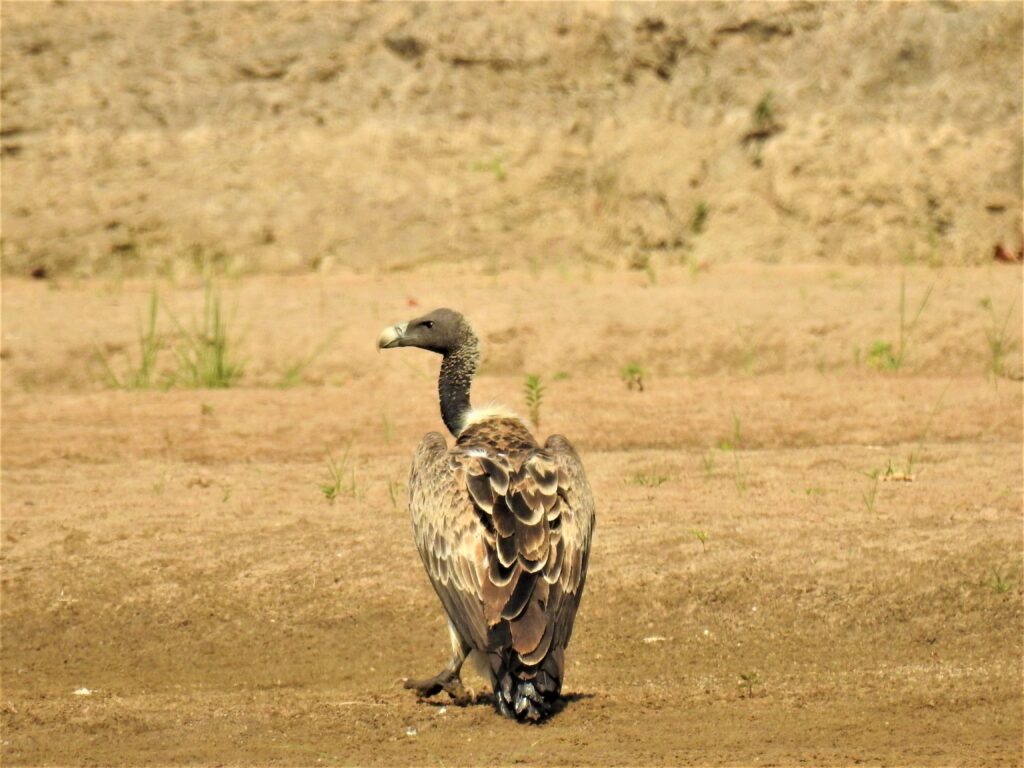COLONISATION OF RESTORED GRASSLANDS BY ARTHROPODS FROM NEARBY AREAS IS KEY TO THE SUCCESS OF SUCH RESTORATION EFFORTS
Grasslands are in danger in most parts of the world and agricultural intensification is one of the biggest threats. Agriculture promotes degradation as well as conversion of grasslands to cultivation lands. Increasingly, grassland restoration efforts in many countries focus on converting arable lands back to grasslands.
In most cases, grassland restoration is carried out by sowing species-rich seed mixtures containing seeds of target grass and forb species to speed up the natural regeneration processes. In this study, however, we used low-diversity seed mixtures (two or three species) after soil preparation and managed the sites by mowing and grazing from the first year after restoration. To gain a better understanding of the short-term effects of restoration, we compared the arthropod assemblages (spiders, true bugs, orthopterans and ground beetles) of one and two-year-old grasslands, using cultivated lands and natural grasslands as references.
A measure of species richness (number of different species in a community) is one of the most commonly used indicators to monitor changes after restoration. However, in conservation, the identity of the species is as important as or even more important than the number of species. Thus, we used species richness along with recently developed measures of habitat affinity (based on how specific a species is to a given habitat type , and on how stable the presence of a species in this habitat is ) to assess the progress of grassland restoration in the Hortobágy National Park, the oldest and largest national park in Hungary.

Our results showed that changes in vegetation after restoration were quickly followed by changes in species composition of arthropods. We found that arthropod species richness did not change in the first two years following restoration efforts. However, close examination demonstrated that the list of arthropod species in the communities changed due to the replacement of generalist species (not favouring any particular habitat type) by grassland specialist species.
Our study suggests that grassland restoration using only two or three foundation grass species can lead to rapid colonisation of arthropods from nearby areas. These results challenge existing views that advocate against restoration, citing restoration as time-consuming and a waste of money, both of which are debunked by the results of this study.
Also, based on our study and several others, we recommend the use of the recently-developed habitat affinity indices, because they are useful measures in detecting biodiversity changes following conservation actions.
Further reading:
Déri E, Magura T, Horváth R, Kisfali M, Ruff G, Lengyel S & B Tóthmérész. 2010. Measuring the short-term success of grassland restoration: the use of habitat affinity indices in ecological restoration. Restoration Ecology 19(4):520-528.





